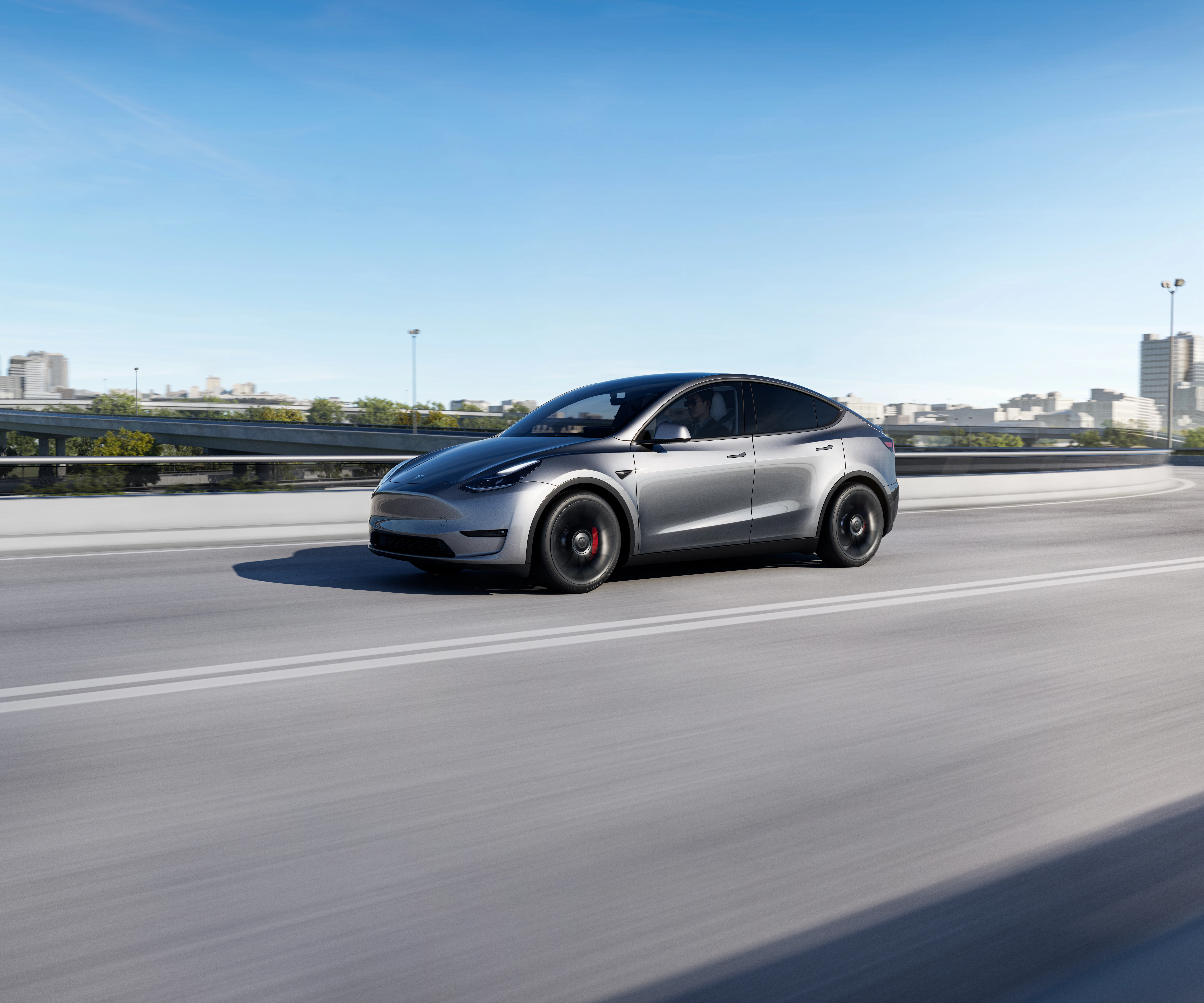China’s state-owned rail company, China Railway Rolling Stock Corporation (CRRC), unveiled the world’s first commercially operational carbon fiber subway train, named “CETROVO 1.0” or Carbon Star Rapid Transit, in Qingdao on the 26th. This train was jointly developed by Qingdao Sifang Co., Ltd., a subsidiary of CRRC, and Qingdao Metro Group.
The train has completed factory testing and is scheduled to commence commercial demonstration operation on Qingdao Metro Line 1 within the year. It is fully prepared for operational deployment in the coastal city by the end of this year.
According to Liu Jinzhu, the chief designer of the carbon fiber subway train at Sifang, the train’s main structures such as the body and steering frame are made entirely from carbon fiber composite materials. This makes the train significantly lighter, improves energy efficiency, enhances durability, environmental adaptability, and greatly reduces overall lifecycle operational and maintenance costs.
Compared to traditional metal subway vehicles, the carbon fiber subway train reduces the weight of the body and steering frame by 25% and 50%, respectively. The entire train’s weight is reduced by about 11%, resulting in a 7% decrease in energy consumption and an annual reduction of approximately 130 tons of carbon dioxide emissions, equivalent to planting 100 acres of trees.
Similar Posts
The vehicle is fully automated, capable of speeds up to 140 kilometers per hour, and features a comprehensive intelligent testing and maintenance system called SmartCare. This platform enables self-monitoring and self-diagnosis, improving maintenance efficiency and reducing lifecycle maintenance costs by 22%. Qingdao Sifang Rolling Stock Company stated that it ensures vehicle performance while reducing weight and energy consumption in the rail transportation sector.

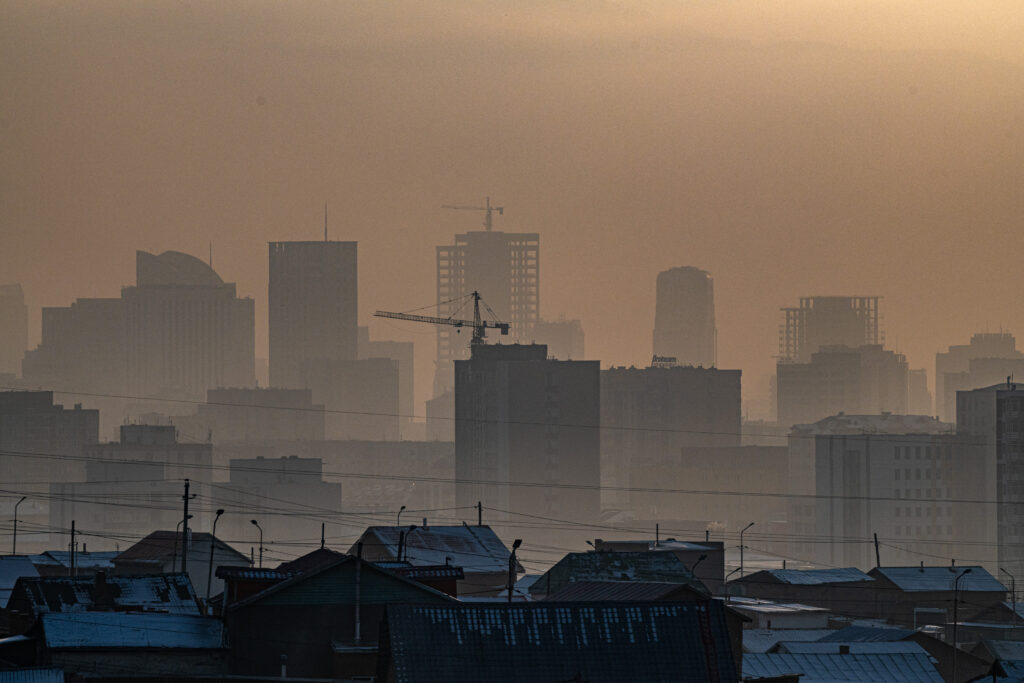
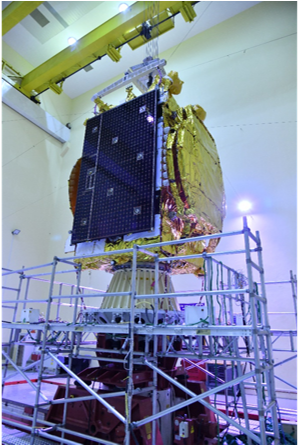
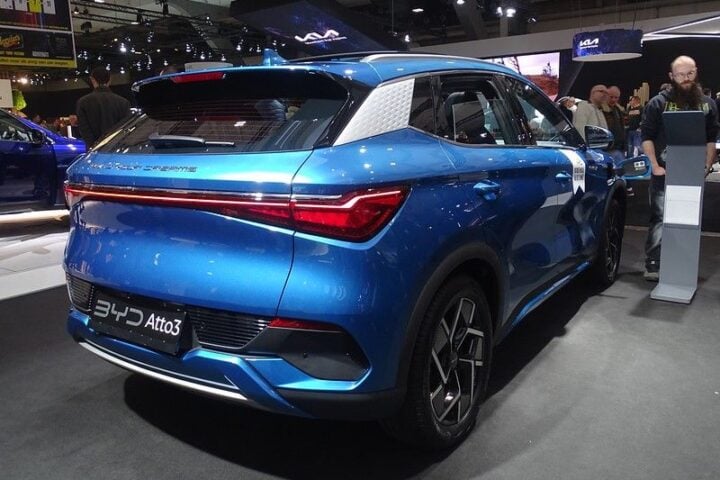
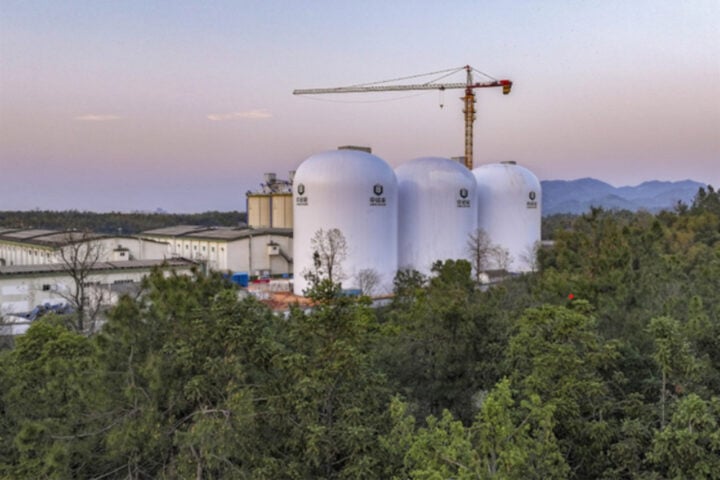

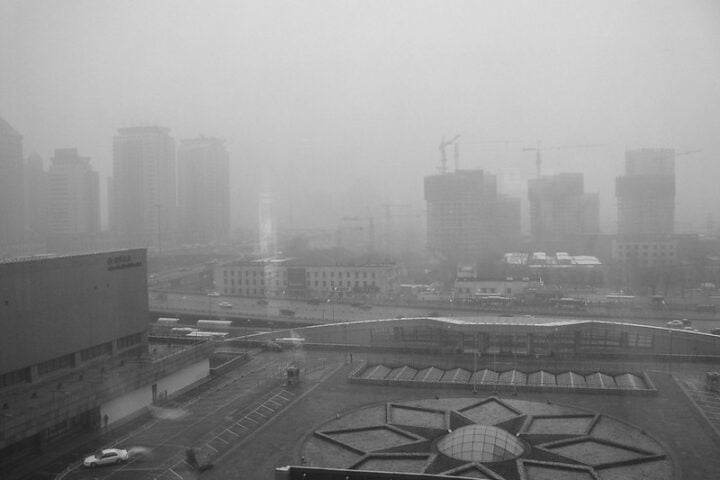
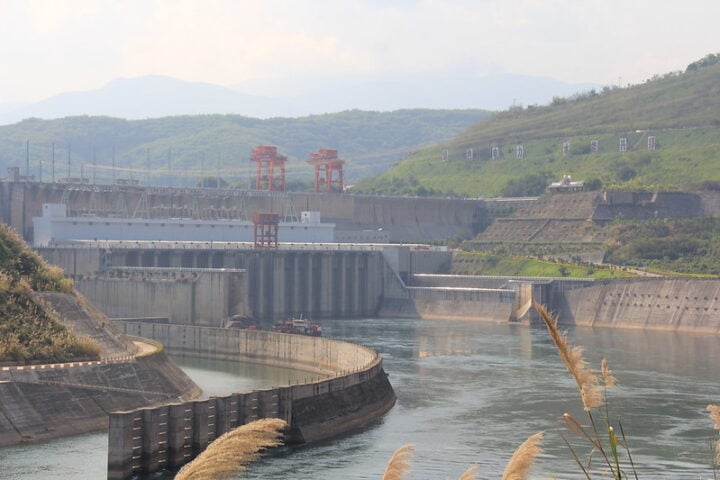



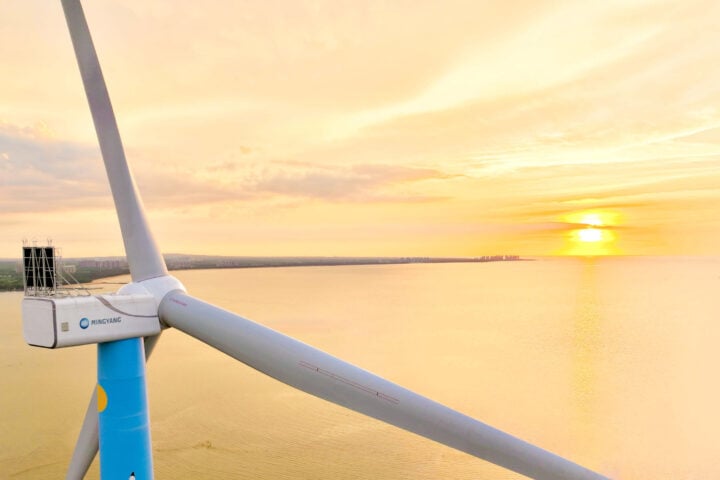
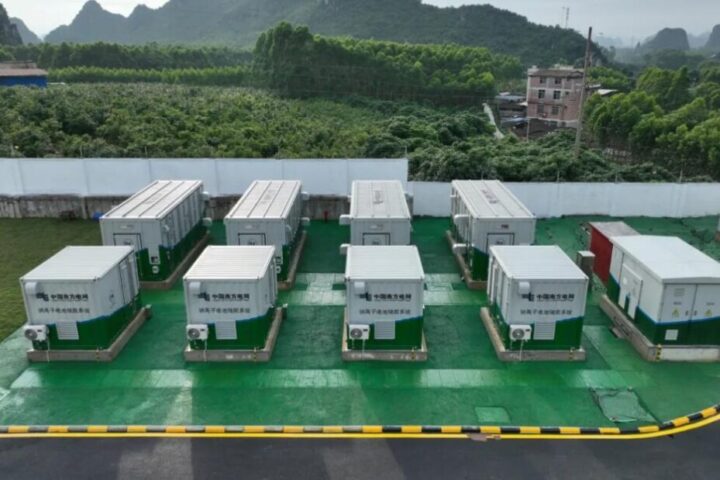


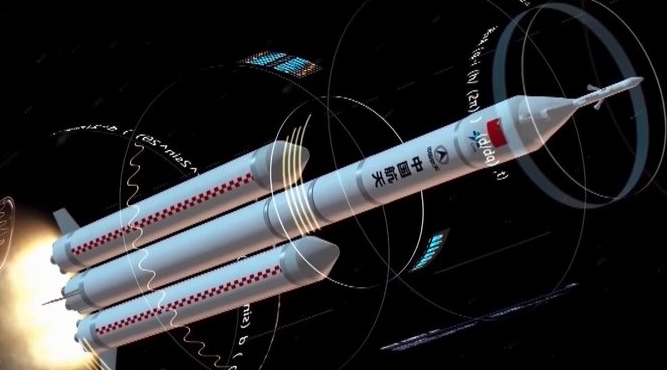
![This image taken from video animation at Beijing Aerospace Control Center (BACC) on June 2, 2024 shows the lander-ascender combination of Chang'e-6 probe landing on the far side of the moon. [Photo/Xinhua]](https://www.karmactive.com/wp-content/uploads/2024/06/spp.jpeg)
